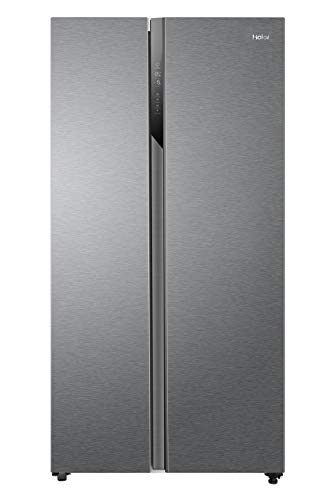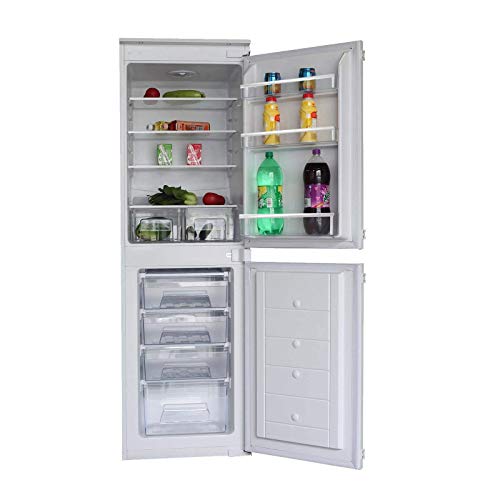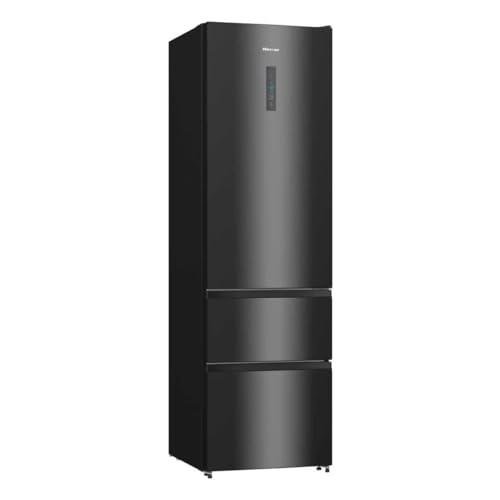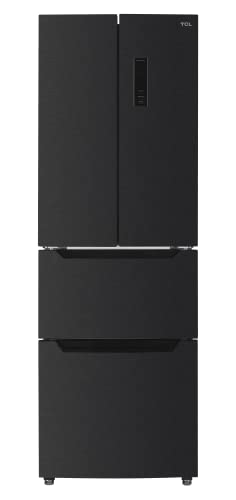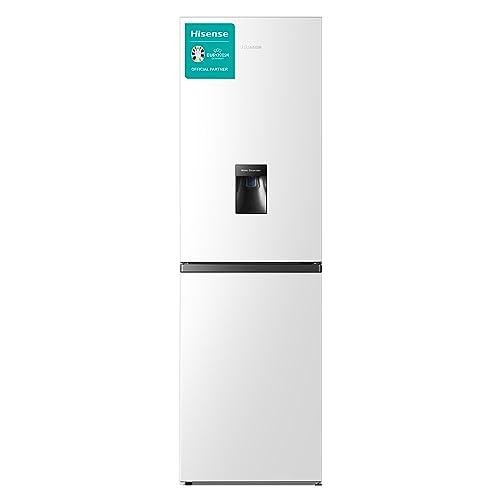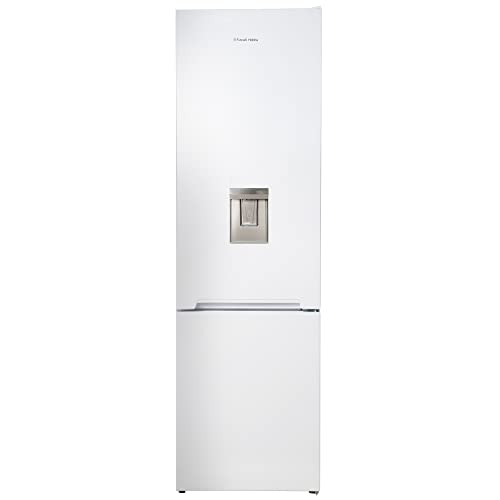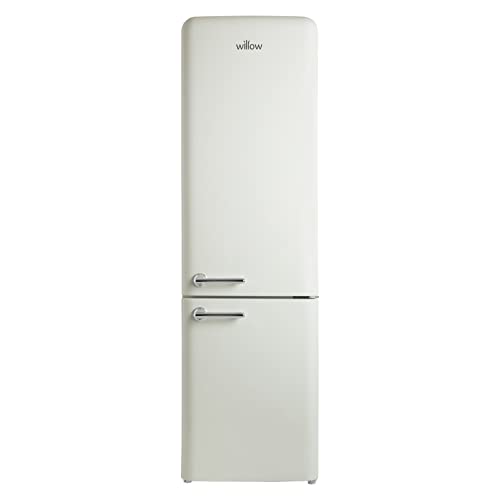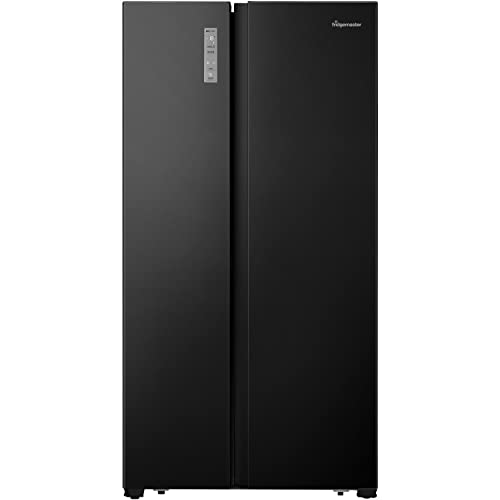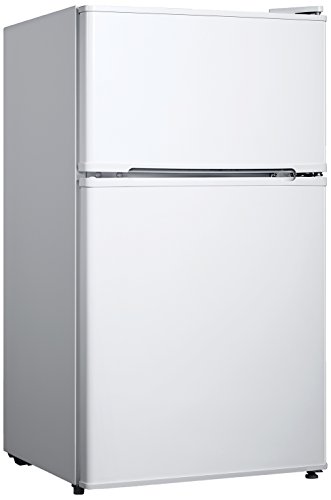Fridge freezers are a must-have for any kitchen. They give you the best of both worlds: ample fridge space for your fresh foods and a handy freezer to keep your favorites frozen. With so many styles and features available, you’re sure to find the perfect match for your home!
Fridge Freezers
Keep your food fresh and your kitchen organized with our selection of innovative fridge freezers
Product List
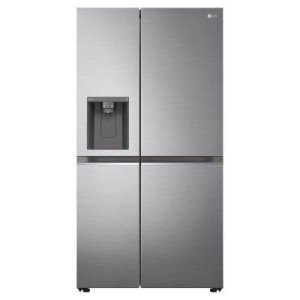
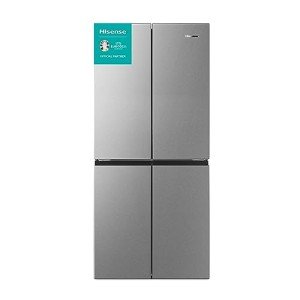
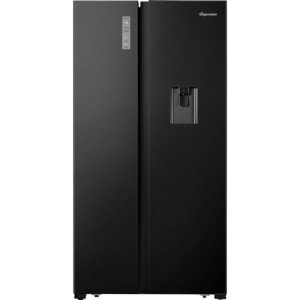
Fridgemaster Black No Frost Freezer
Fridgemaster
Product Review Score
4.36 out of 5 stars
125 reviews$688.72
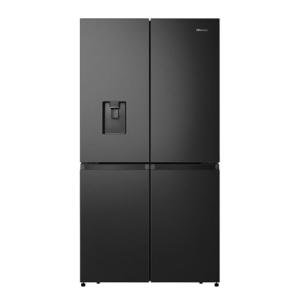
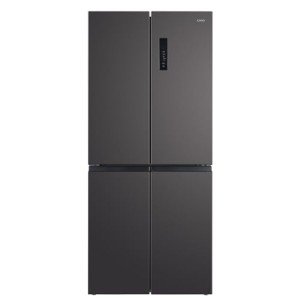
CHiQ Multi-Temp Side-by-Side Fridge
Chiq
Product Review Score
4.77 out of 5 stars
107 reviews$947.14
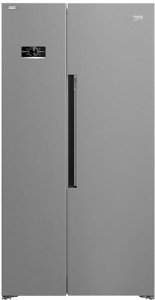
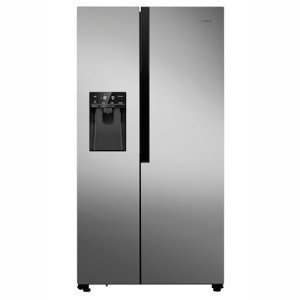
Teknix 562L Side-by-Side Fridge
Teknix
Product Review Score
4.5 out of 5 stars
28 reviews$1,202.89 $1,081.11
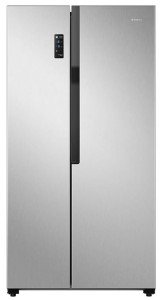
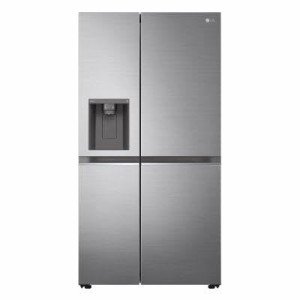
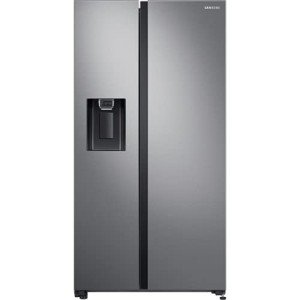
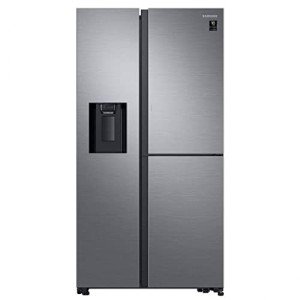
RH65A5401M9 American Fridge Freezer
Samsung
Product Review Score
4.83 out of 5 stars
62 reviews$2,028.27

Fridge freezers are a cornerstone of modern kitchens, playing an integral role in food preservation and organization. The right fridge freezer can enhance the way you store food, improve your kitchen's aesthetics, and even save you money on energy bills. In this comprehensive guide, we will delve into the various types, features, benefits, and maintenance tips for fridge freezers.
Types of Fridge Freezers
When shopping for a fridge freezer, it's essential to understand the different types available. Each type offers unique features and benefits, catering to various needs and kitchen layouts.
| Type | Description | Pros | Cons |
|---|---|---|---|
| Top Freezer | Traditional design with freezer on top of the fridge | Cost-effective, energy-efficient | Limited accessibility to freezer |
| Bottom Freezer | Freezer compartment located at the bottom | Easier access to fridge items | Higher initial cost |
| Side-by-Side | Fridge and freezer are next to each other | Ample space for organized storage | Narrower storage shelves |
| French Door | Double doors for fridge + pull-out drawer freezer | Stylish, spacious, flexible storage | Expensive, requires more space |
| Compact | Small, ideal for limited spaces like dorms or offices | Space-saving, portable | Limited storage capacity |
Key Features to Consider
Fridge freezers come equipped with a range of features designed to enhance usability and energy efficiency. Here are some of the most important features to consider when choosing a fridge freezer:
- Energy Efficiency Ratings: Look for models with Energy Star ratings, which indicate lower energy consumption.
- Temperature Control: Adjustable temperature settings allow for better food preservation.
- Humidity Control: Some models provide humidity settings to keep fruits and vegetables fresh longer.
- Ice and Water Dispenser: Built-in dispensers can provide easy access to ice and filtered water.
- Smart Technology: Wi-Fi connectivity allows for remote monitoring and control of your fridge freezer.
- Adjustable Shelves: Flexible shelving can accommodate larger items and make the best use of space.
- Noise Level: Consider the decibel level of the unit, especially for open-concept layouts.
Benefits of Using Fridge Freezers
Fridge freezers offer several key benefits, making them a popular choice among consumers:
- Convenient Storage: Combining refrigeration and freezing in one unit improves organization and access.
- Space-saving: Designed to fit seamlessly into kitchens, they save space compared to separate units.
- Energy Efficiency: Newer models consume less energy than older counterparts, which can lead to lower utility bills.
- Freshness: Maintaining optimal temperatures helps preserve food for longer periods.
- Design Versatility: Available in a variety of styles and finishes to fit diverse kitchen aesthetics.
How to Maintain Your Fridge Freezer
Regular maintenance of a fridge freezer not only prolongs its life but also ensures optimal performance. Here are some essential maintenance tips:
Regular Cleaning
- Wipe down shelves and surfaces: Use mild soap and water to clean interior surfaces monthly.
- Check door seals: Ensure door seals are clean and intact to maintain efficiency.
Temperature Monitoring
- Set optimal temperatures: Fridge should be around 37°F (3°C), and freezer should be 0°F (-18°C).
- Avoid overloading: Ensure proper airflow by not overcrowding shelves.
Inspect and Replace Components
- Examine filters: Change water and air filters regularly to maintain freshness.
- Check coils: Clean condenser coils every six months to improve efficiency.
FAQs about Fridge Freezers
Q: How long do fridge freezers typically last?
A: On average, fridge freezers last between 10 to 20 years depending on the model and level of maintenance.
Q: How can I reduce energy consumption?
A: Regularly defrosting, keeping the fridge full (but not overcrowded), and avoiding placing hot items inside can help reduce energy usage.
Q: What is the difference between frost-free and manual defrost?
A: Frost-free models automatically circulate air to prevent frost build-up, while manual defrost models require you to periodically remove ice.
Q: Can a fridge freezer be repaired, or is it better to replace it?
A: If the repair cost is less than 50% of the price of a new unit and the appliance is relatively young, it's worth repairing. If it's older and needs significant work, replacement might be better.
Q: Are side-by-side fridge freezers more efficient than top freezers?
A: Efficiency can vary; however, side-by-side models generally consume more energy due to their design, but they provide easier access to food.
Fridge freezers are an indispensable part of everyday living, designed to accommodate a variety of food storage needs while enhancing energy efficiency. Understanding the types available, evaluating key features, and maintaining your appliance can lead to a smarter buying decision and a more organized kitchen.
As consumer preferences continue to evolve, fridge freezers are set to become even more advanced, incorporating innovative technology to better serve their owners. Whether you’re cooking for a family, living in a small apartment, or just want to streamline your food storage, there’s a fridge freezer out there perfectly suited to your needs.
